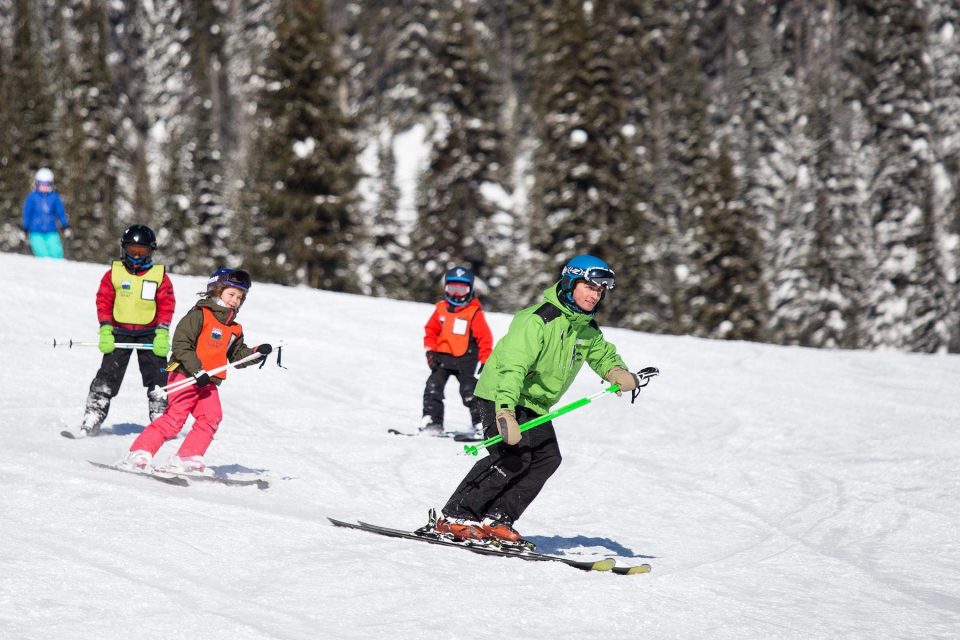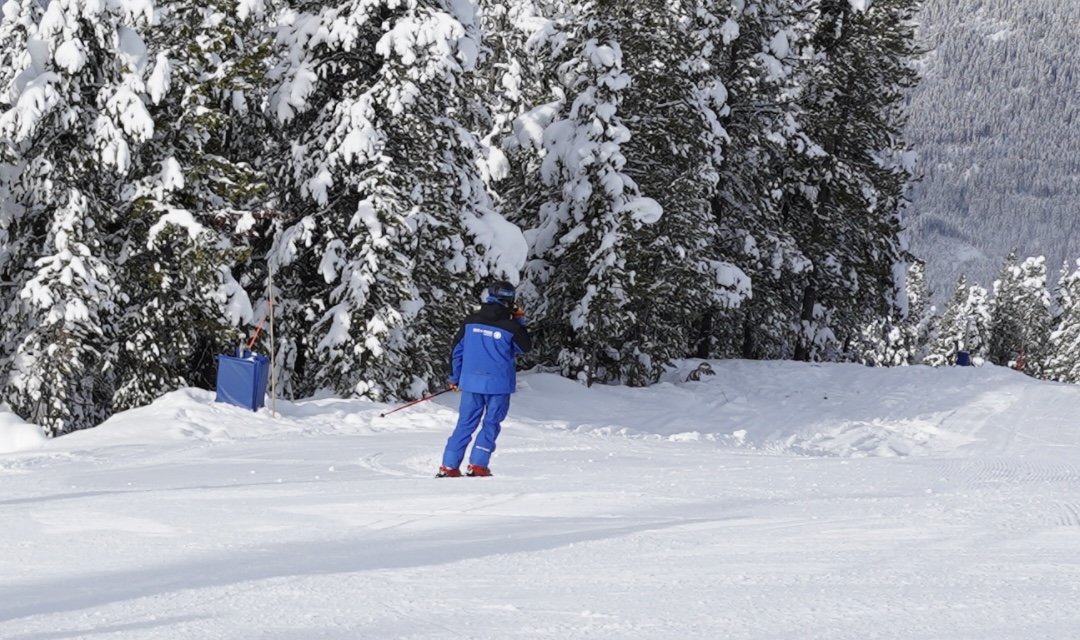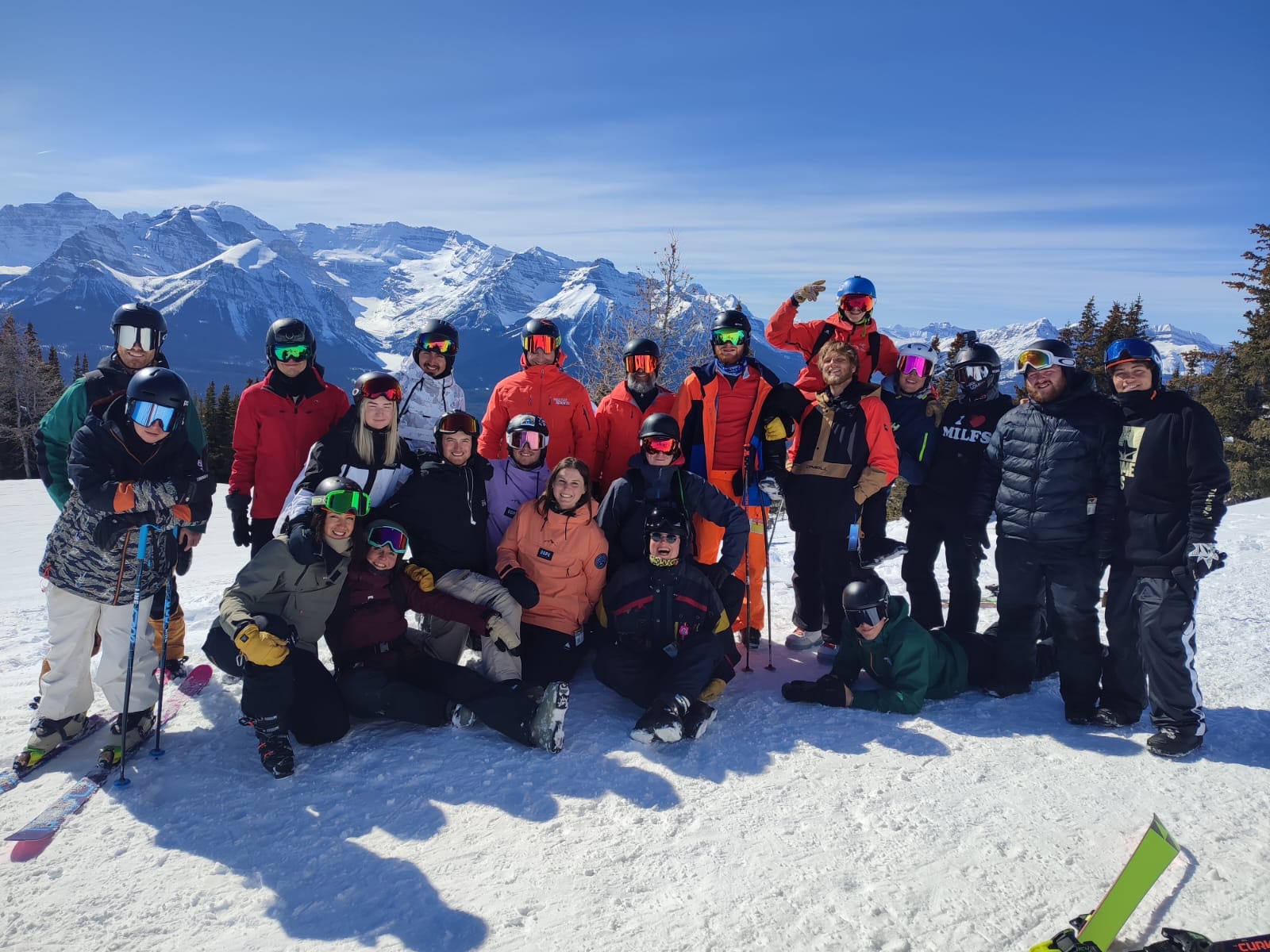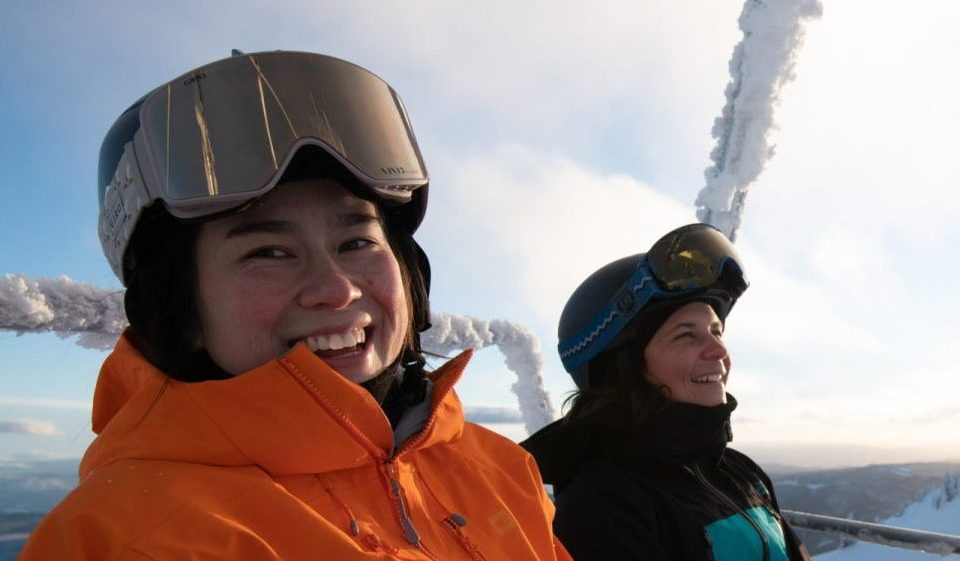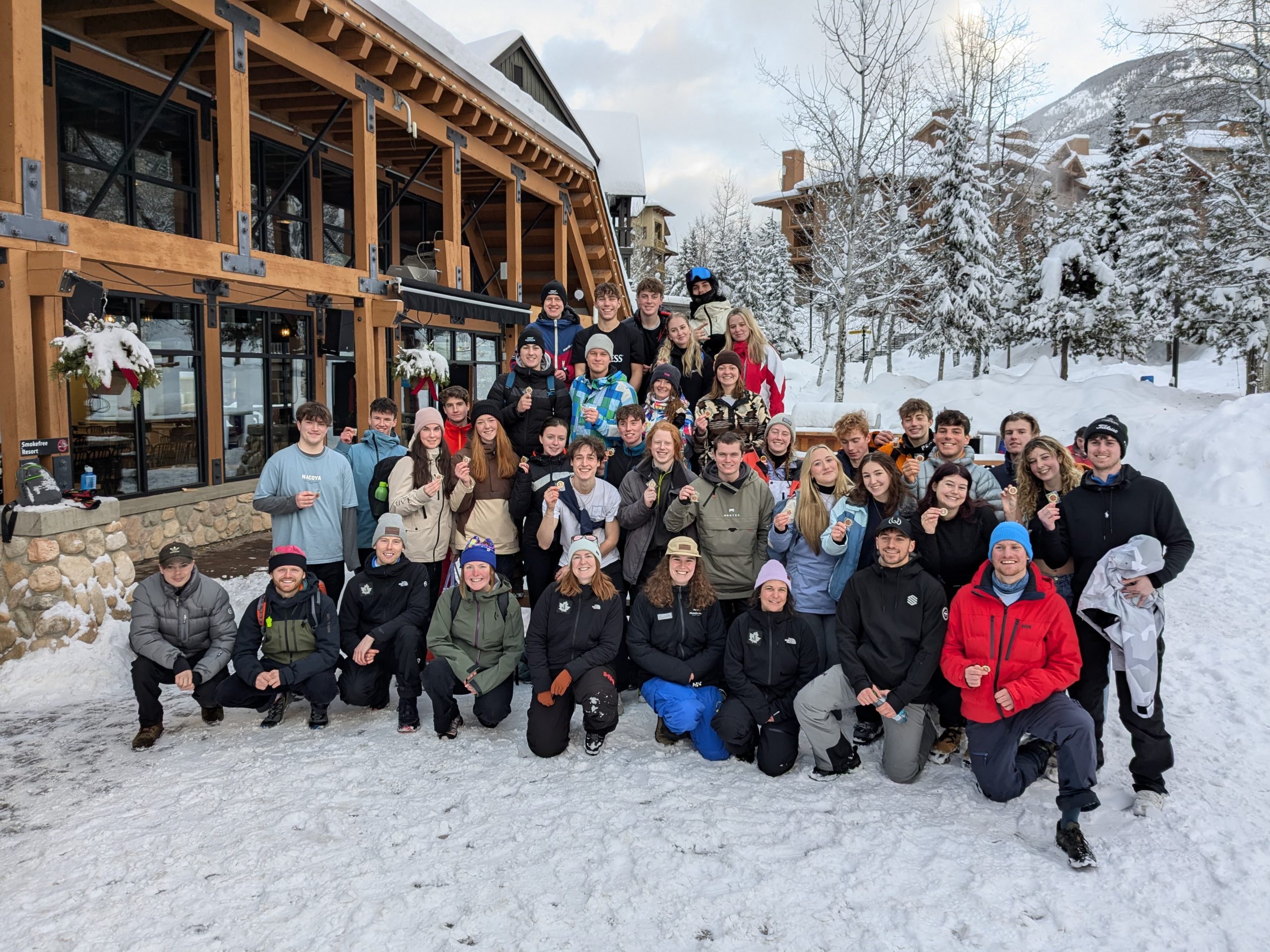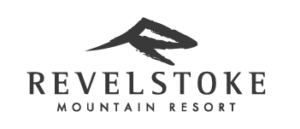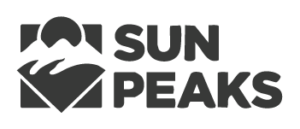Which Ski Instructor Qualification Pays The Most?
Earning the most money as a ski instructor has less to do with which certification you hold-whether it’s CSIA, BASI, Austrian, etc.-and more to do with your level of certification and where you choose to work.
If you’re certified with a member system of the ISIA at Level 1, your pay will typically start relatively low. This reflects both your limited experience and the entry-level nature of the qualification. However, as you progress through the levels, your pay will increase. At higher levels, your certification, location, and experience become the main factors determining your earning potential.
As a fully certified instructor (Level 4 or equivalent), you can expect to earn a solid income, regardless of which system you’re certified through. At that point, the biggest differences in pay come down to where you work and what type of work you do.
Where You Work Matters Most
The highest rates of pay are typically found in places like France, Switzerland, and the USA. In France or Switzerland, a fully certified instructor can earn anywhere between €400–€600 per day.
In the USA, the base hourly rate may be lower, but the strong tipping culture can significantly increase overall earnings. Even less experienced or lower-certified instructors can earn good money once tips are factored in.
Private Lessons vs Group Lessons
The type of work you do also plays a significant role in your earning potential. Teaching group lessons tends to pay less than private lessons, particularly those that are specifically requested by clients.
For example, in Australia, being requested for a private lesson can increase your hourly rate by $15-$20, and similar incentives exist in most ski regions around the world. Once you’ve built up a repeat client base and are regularly requested for private lessons, your earnings can increase substantially.
Seasonal Programs and Instructor Training
Once you’re established in a resort-especially with high-level certification and experience-additional opportunities open up. These include work in seasonal development programs, race training, or instructor training courses, all of which offer consistent hours and higher pay.
At resorts like Thredbo in Australia, instructors can work with season-long programs such as the Thredbo Mountain Academy or the Development Squad, both of which provide guaranteed hours, even during quieter periods. Most ski schools worldwide offer similar opportunities. Fully certified instructors can also work as course conductors, which is generally a well-paid role.
Experience and Strategy Boost Earnings
As with most careers, the more experience you gain and the higher your certification level, the greater your earning potential. But being a successful ski instructor isn’t just about skill on the snow-it also involves being strategic about how you manage your season.
For example:
- Front-loading your schedule during busy holiday periods
- Building a book of repeat private clients
- Getting involved in multi-week training programs
- Offering instructor education or exam prep sessions
These are all proven ways instructors maximize their income.

